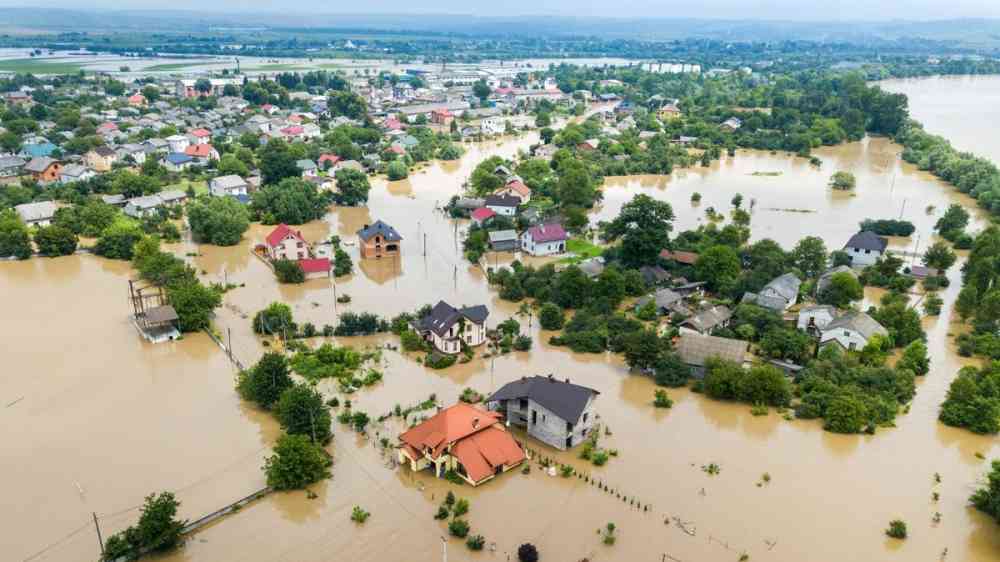
In Charlotte, North Carolina, flood-prone apartments were converted into a wetland habitat that now helps protect the community from flooding.
For decades, apartment buildings stood along the banks of Briar Creek in Charlotte, North Carolina. Over the years, the buildings flooded over and over.
So about 15 years ago, hundreds of units were purchased and torn down as part of a flood plain buyout program.
In their place, wetland habitat was restored. Now when it rains, the plants and rich soils help soak up water, reducing the risk of floods.
Garin Bulger of the Center for Urban Policy Research at Rutgers University analyzed this and other buyout programs across the country.
Bulger: “If you have a proactive municipality or a buyout program, they will combine properties, they will turn that into some sort of proactive green space for your community.”
But he says converting bought-out properties into natural areas requires planning and resources. Otherwise, some bought-out properties could become neglected, fenced-off lots.
Bulger: “And it just sort of becomes a little bit of a blight on a community, or it can be if it’s not managed well.”
As climate change and flooding get worse, buyouts will likely become more common. So it’s important that communities plan ahead so bought-out properties in the flood plain help improve the local quality of life.